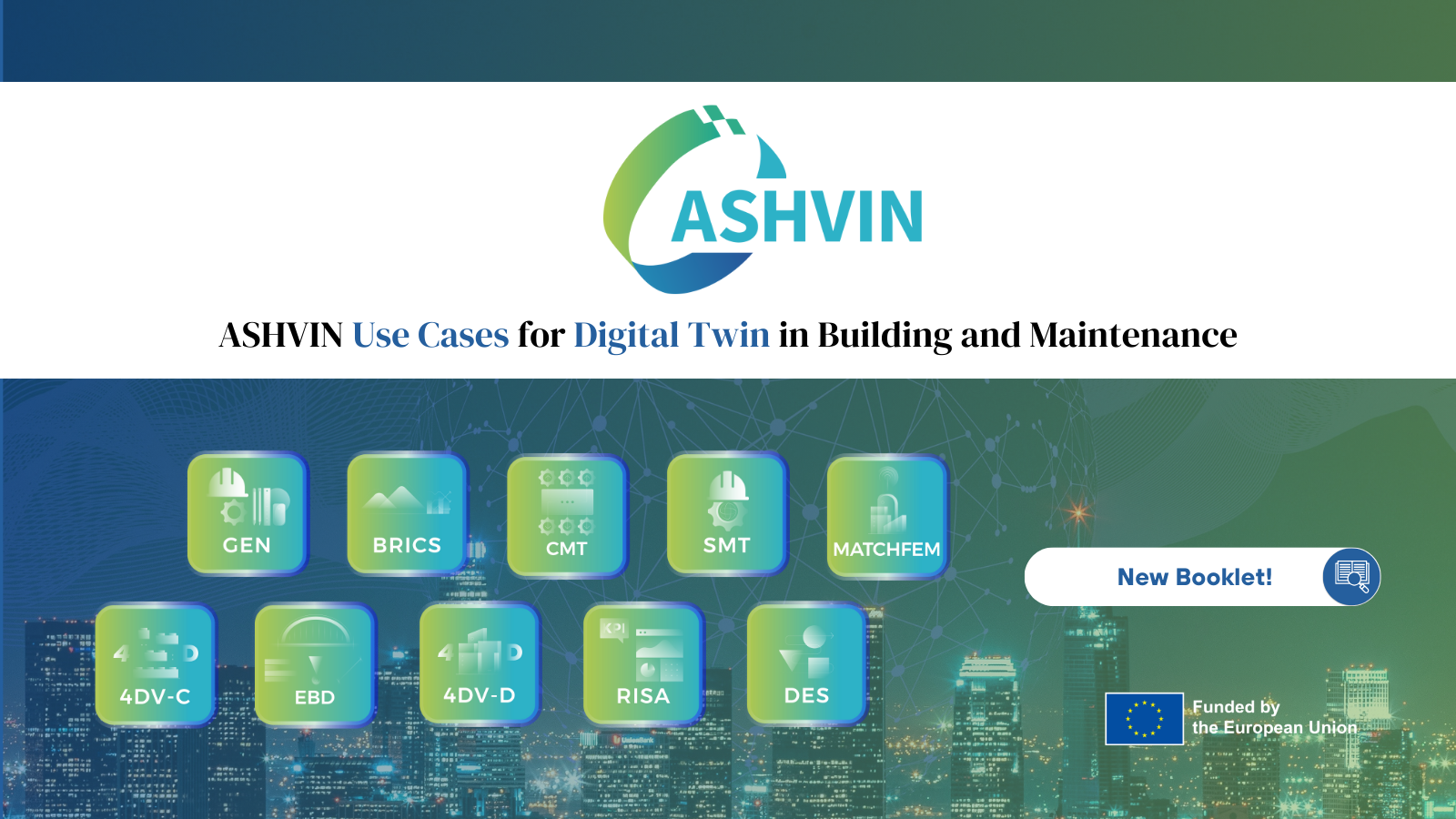Meeting with our Groundbreaking Researchers
Achieving a perfect engineering design involves collaboration among architects, engineers, builders, and other stakeholders. This collaboration requires a thorough understanding of the project’s requirements, effective communication, and the application of best practices in the field. Therefore, initial conceptual engineering designs are crucial in construction, as they determine the project’s scope, feasibility, and vision. When combined with the concept of digital twins, these designs become even more powerful, serving as a dynamic and data-driven tool for enhanced visualization, collaboration, and decision-making. Joan Evelyn Ongodia, a research assistant for the ASHVIN project and a doctoral candidate at the Technical University of Berlin (TUB) in Germany, has been working on these developments.
We are pleased to present to you this #6 interview from our series of discussions with the new generation of researchers that participate in the ASHVIN project as a part of their MCs, PhD or Postdoc studies. They will share their research approach in ASHVIN, and plans to continue exploiting this work beyond the project.
Today, we met with Joan, who joined ASHVIN in July 2021. Since then, she has been working on developing generative design principles and tools. The objective of this task is to apply evidence-based design rules in specific project types that have been carefully selected from ASHVIN’s demonstrator #8, a footbridge in Dortmund, Germany.
We invite you to watch Joan’s’ video presentation to gain a comprehensive understanding. This is the sixth episode of our #ResearchStories series, and it sets the stage for further discussions.
Hello Joan, we are excited to hear more about your work.
Hello, it is a pleasure to be here.
Could you describe the scope of your research, and how it is related to Digital Building Twins?
So, my research is project-based and focuses on the early stage of conceptual engineering design. Traditionally the early design stage faces the challenge of data scarcity, yet we live in a data-rich information age.
Therefore, my research uses historical data from past similar construction projects that is archived on ASHVIN’s digital twin platform as design input to build parametric models and various design variants.
The various design variants are computed using generative design optimization techniques.
Which aspects of ASHVIN are relevant to your research ?
Being a project based researcher, I adopted ASHVIN’s key performance indicators as objectives for my design optimization studies.
For example, I considered minimising construction time and minimising carbon footprint as objectives.
Which challenges have you faced while doing your research?
The most significant challenge was data access due to intellectual property rights by our industry partner, although eventually we got some data.
The other challenge was the global restrictions related to COVID-19 which impacted when I joined the project and also limited study-related travels.
One last question, ASHVIN is ending in March 2024, what will you take with you from the project for the next steps of your research and professional development?
My main takeaway is the ethnographic video interviewing approach to learning from other experts in the construction industry.
This is what we did to evade the travel and space restrictions during the COVID-19 pandemic, and we wrote a book chapter on that. I may continue in this direction.
Thanks for sharing this approach and your work with us!
💡 Did you know that behind the scenes in the ASHVIN project, there are over 30 university students, from different degrees, contributing to the project’s research related to the technical development of the digital twin system and to its demonstration in real-life sites. Our academic partners ; Technical University of Berlin (TUB), Erasmus University of Rotterdam (EUR) and Polytechnic University of Catalonia (UPC) oversee their involvement in this project.





